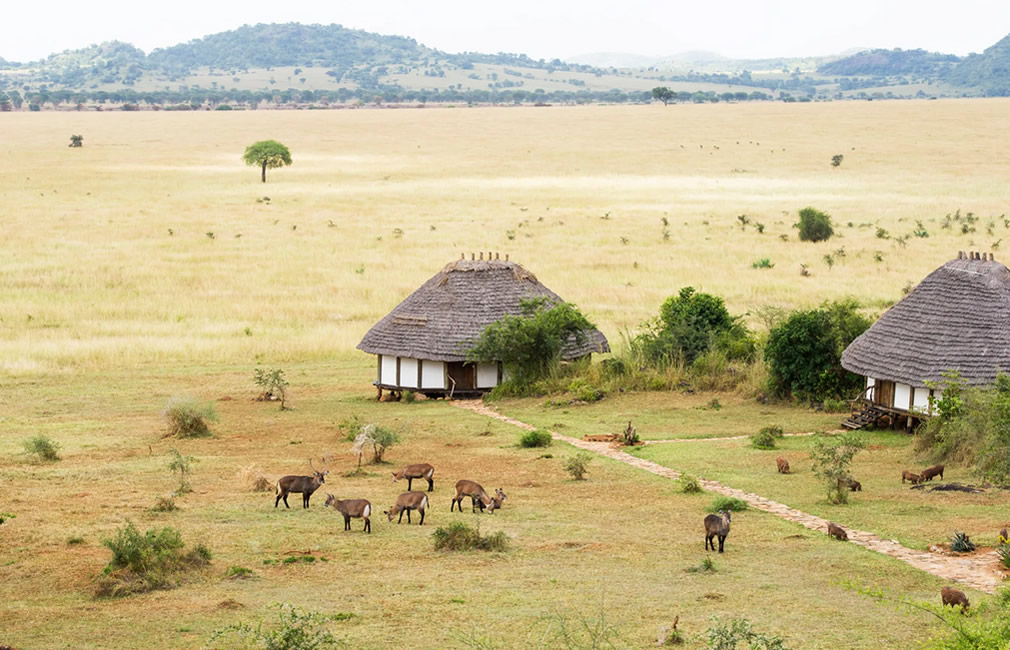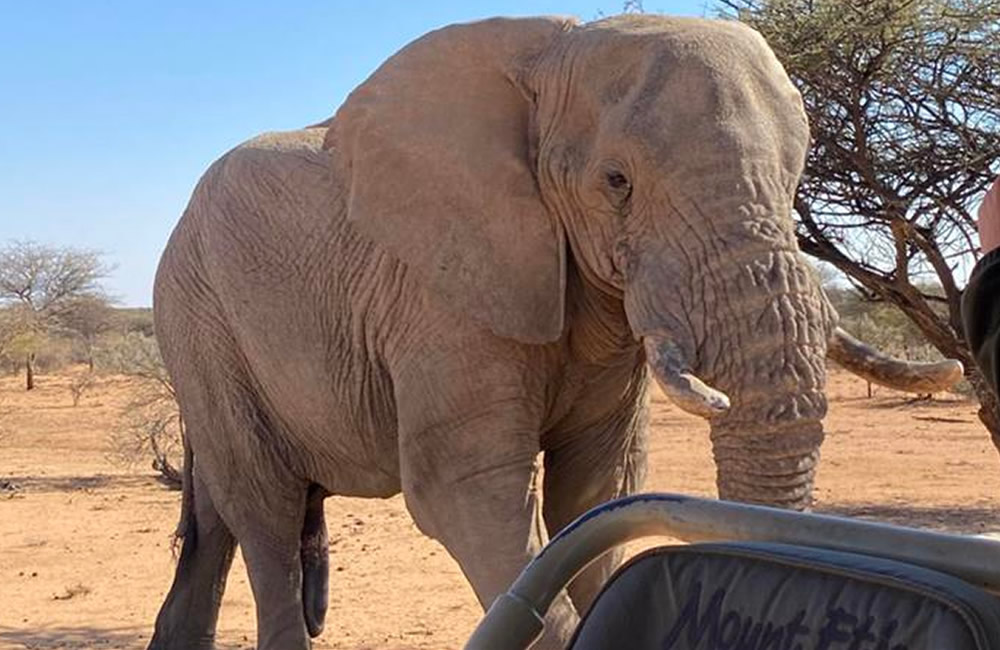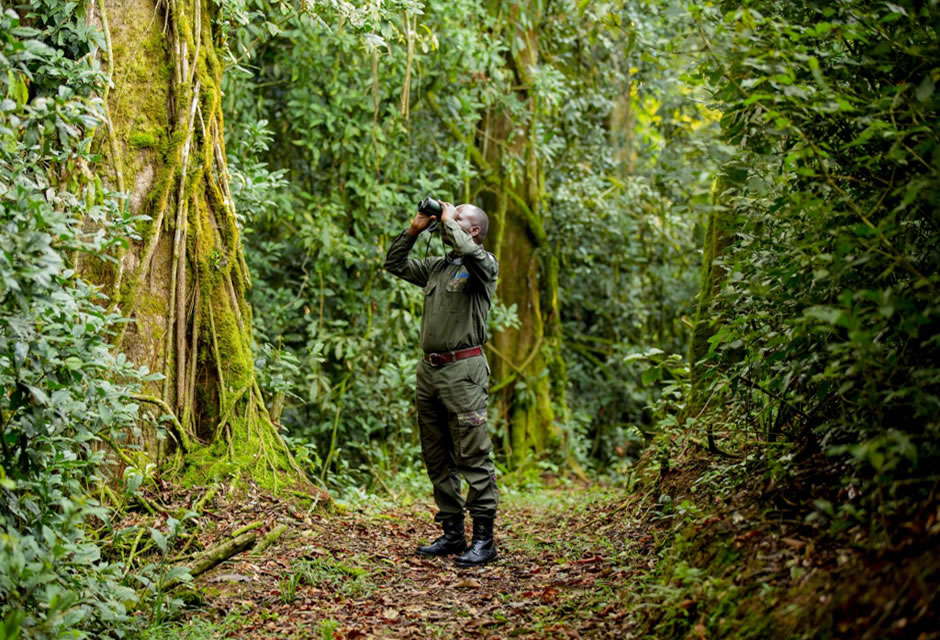African Safari: Back to Basics and Reflections on the Creation
The Swahili word “safari” originally meant “journey” which is further correlated to “hunting for survival” and “exploration of lands”.
The safari is typically traveled by foot amidst the vast lands. This is of course deemed to be the best way of experiencing the circle of life in the safari since you can reach to the core of the natives and their unique cultures.
Walking trails are continuously maintained so that the explorers are guided along their courses better. However, visitors can always widen their safari options with many forms of travel available with each safari tour package. Other modes of transportation include hot air ballooning, fly-in safaris, driving safaris, canoeing safaris, horseback riding safaris, and elephant back riding safaris.
These do not only add ease on travel but may also allow access to the deeper domains (and often uncharted places) which contribute more thrills while on tour.
As for the categories, African safaris are normally offered in three basic types: permanent tented safaris, lodge safaris, and mobile safaris. There are also a couple of other safari choices customized depending on the traveler’s needs. One good example is the honeymoon safari for newly-wed couples.
One complete safari tour that will take you from the Eastern region to the Southern parts lasts around 10 to 21 days. If you are planning to journey this long, it would be best if you avail from a local tour operator or a specialist so you are sure that you what you get is a complete safari adventure.
It is helpful if you have the knowledge of some of the practices, culture and etiquette to adopt well with the localities. As for your choice of safari package, consider the factors such as meals, accommodation, transportation, driver and guide service, excursions, itineraries and supplemental packages.
There are hundreds of conservation parks and wildlife sanctuaries that display the continuous interplay of the wild in its natural setting, marvelous places untouched by technology, and vast array of flora and fauna.
Life in the safari is more serene and offers more grounds for realizing how beautiful creation is. And all these are topped with the unique (and sometimes peculiar) cultures of different African tribes that mark the richness of their history.
African safari seems to remind us how the sixth day of creation looks like. They are the living remembrances of how the Creator intended things to be- the perfection, the diversity, the coexistence between man and his nature, and the life that surrounds everything.





